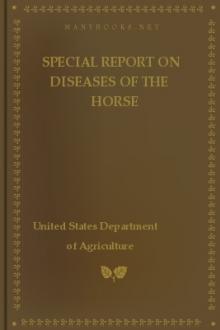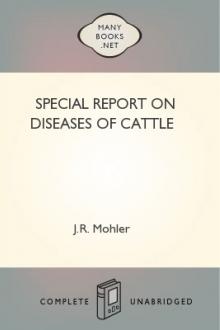Special Report on Diseases of the Horse
Special Report on Diseases of the Horse
Book Excerpt
he sees or feels anything that stimulates or gives alarm, if he responds actively, quickly, and intelligently, he is said to be of lively, or nervous, temperament. On the other hand, if he responds in a slow, sluggish manner, he is said to have a sluggish, or lymphatic, temperament. The temperament is indicated by the gait, by the expression of the face, and by the carriage of the head and ears. The nature of the temperament should be taken into consideration in an endeavor to ascertain the severity of a given case of illness, because the general expression of an animal in disease as well as in health depends to a large extent on the temperament.
THE SKIN AND THE VISIBLE MUCOUS MEMBRANES.
The condition of the skin is a fair index to the condition of the animal. The effect of disease and emaciation upon the pliability of the skin have been referred to above. There is no part of the body that loses its elasticity and tone as a result of disease sooner than the skin. The practical herdsman or flock
Editor's choice
(view all)Popular books in Government Publication, Non-fiction
Readers reviews
0.0
LoginSign up
Be the first to review this book

 Free Download
Free Download
























-itok=vcKIB5v1.jpg)